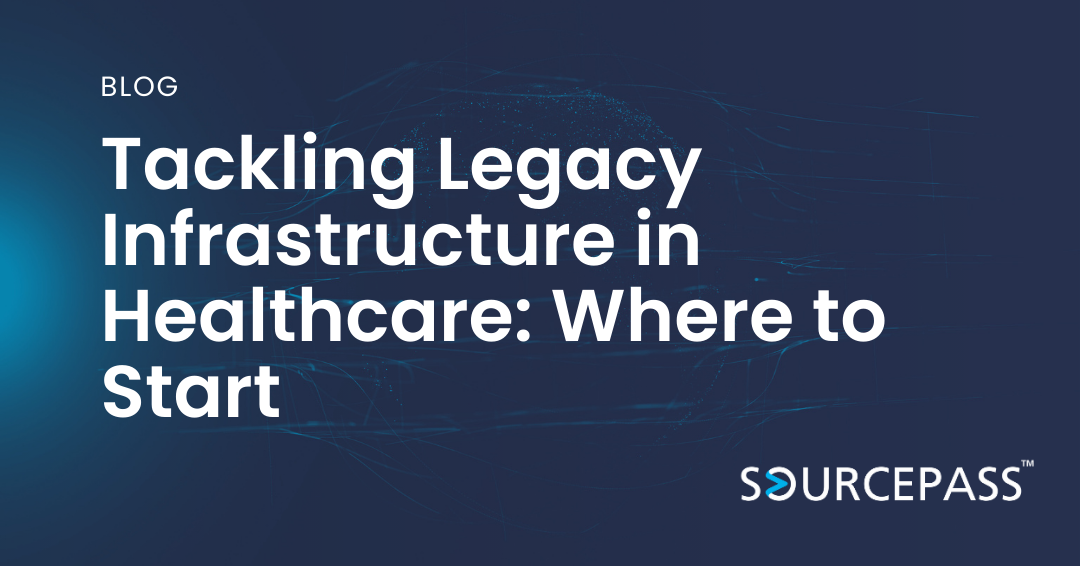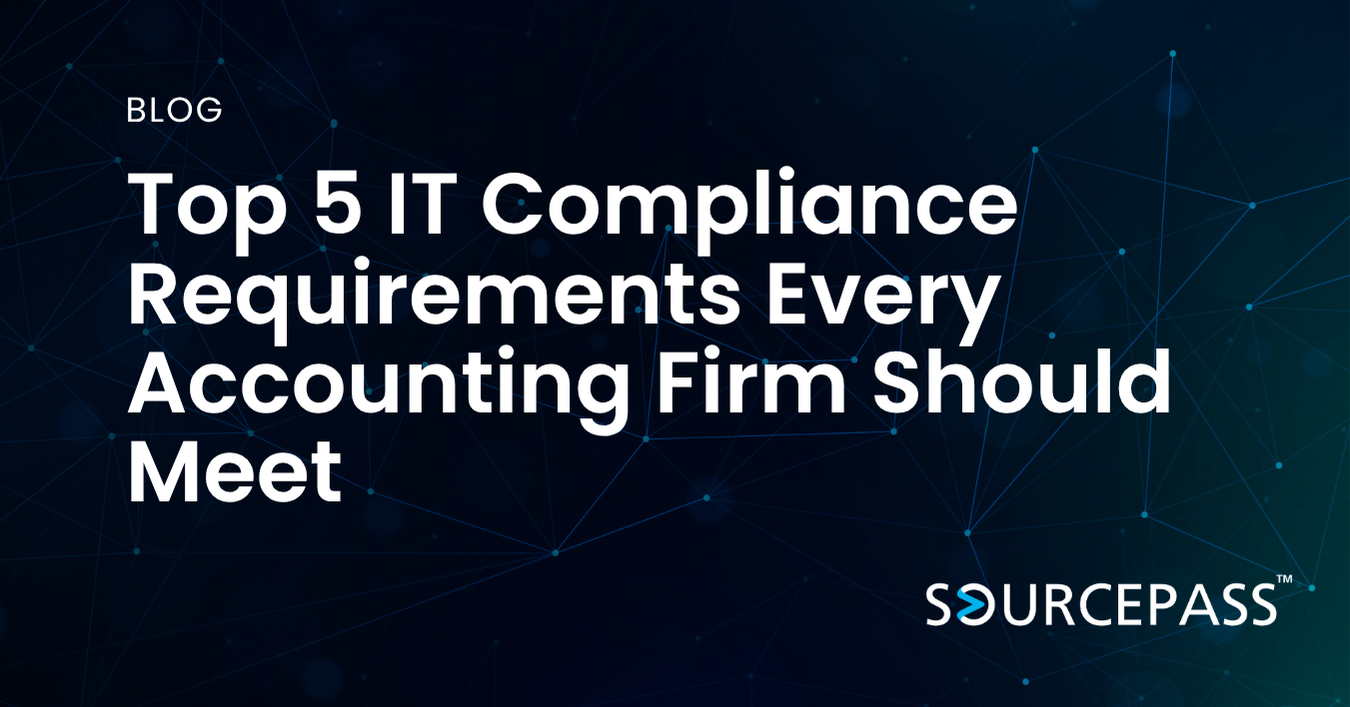Tackling Legacy Infrastructure in Healthcare: Where to Start
Jul 24, 2025 Alex Davis Industry - Healthcare | Strategy & Modernization 2 min read



Modern healthcare depends on fast, secure, and interoperable systems. But many hospitals and healthcare networks still rely on legacy hospital systems—outdated technologies that create security risks, inefficiencies, and integration challenges. If your organization is still dependent on legacy infrastructure, now is the time to modernize.
In this article, we’ll outline why healthcare IT modernization is critical, the risks of doing nothing, and how to begin replacing legacy systems without disrupting patient care.
The Hidden Risks of Legacy Hospital Systems
Legacy systems may still function, but they come with serious drawbacks:
- Security vulnerabilities: Older systems are often unsupported and unpatched, making them attractive targets for ransomware and cyberattacks.
- Compliance issues: Legacy infrastructure may not meet current regulatory requirements such as HIPAA, NIST, or HITRUST.
- Integration headaches: Outdated systems often don’t integrate well with modern EHRs, billing systems, or cloud-based apps.
- Higher costs: Maintaining outdated hardware and software drains IT resources and limits scalability.
- Poor patient experience: Delays, data silos, and workflow bottlenecks can negatively impact care delivery.
Why Healthcare IT Modernization Matters
Upgrading your IT environment is no longer optional. It’s a strategic necessity for:
- Improved patient care through faster access to records and better coordination.
- Enhanced data security using modern tools like endpoint protection, encryption, and MFA.
- Operational efficiency via automation, cloud platforms, and integrated apps.
- Better compliance with HIPAA and other regulatory frameworks.
- Scalability to support telehealth, remote staff, and growing patient populations.
Where to Start: A Step-by-Step Modernization Approach
1. Conduct an Infrastructure Assessment
Start by inventorying all systems—clinical and non-clinical. Evaluate:
- Age and support status of hardware/software
- Compatibility with current applications
- Security risks and compliance gaps
- Integration needs and performance bottlenecks
This assessment provides a roadmap for prioritizing upgrades.
2. Prioritize High-Risk Systems First
Focus on replacing or upgrading:
- End-of-life servers and workstations
- Unsupported operating systems (e.g., Windows 10 or Server 2012)
- Medical devices that can’t be patched or encrypted
- Systems storing or transmitting PHI
Eliminating the biggest risks first reduces exposure while building momentum for broader transformation.
3. Adopt Cloud and Hybrid Solutions
Cloud technologies offer flexibility, scalability, and cost efficiency. Consider:
- Migrating non-clinical apps (email, file storage, scheduling) to the cloud
- Implementing cloud-based disaster recovery and backup
- Using hybrid models to modernize at your own pace
Ensure any cloud provider is HIPAA-compliant and signs a BAA (Business Associate Agreement).
4. Standardize Platforms and Devices
Legacy environments often suffer from too many devices and systems doing similar jobs. Standardizing:
- Reduces support complexity
- Improves security with consistent patching
- Enhances interoperability between departments and facilities
A unified tech stack also simplifies staff training and onboarding.
5. Engage a Healthcare IT Partner
Working with a specialized healthcare IT provider can accelerate your modernization plan. They bring:
- Deep knowledge of regulatory and compliance needs
- Proven experience with legacy migrations
- Tools and processes to minimize downtime and disruption
This partnership allows your internal team to stay focused on patient care while the IT transformation progresses.
Healthcare Modernization Doesn’t Mean All-at-Once
Many hospitals worry about disruption and cost—but modernization doesn’t require a full rip-and-replace. A phased approach lets you replace the most critical systems first, then gradually update others with minimal disruption.
Conclusion: Modernize to Improve Care and Reduce Risk
Healthcare organizations that continue relying on legacy hospital systems face growing cybersecurity threats, rising maintenance costs, and reduced operational efficiency. With patient outcomes, data privacy, and compliance on the line, healthcare IT modernization is essential.
By starting with a clear assessment, prioritizing high-risk systems, and engaging the right partners, your hospital can upgrade its infrastructure without disrupting care.
Subscribe To
Sourcepass Insights
Sourcepass Insights
Stay in the loop and never miss out on the latest updates by subscribing to our newsletter today!
.png?width=500&height=100&name=White%20Logo%20-%20Transparent%20Tag%20(3).png)



